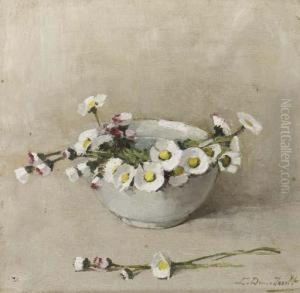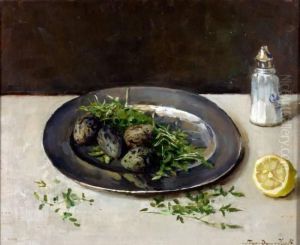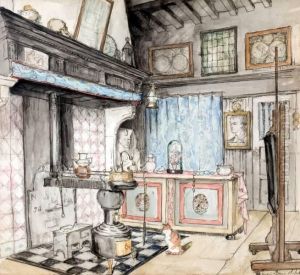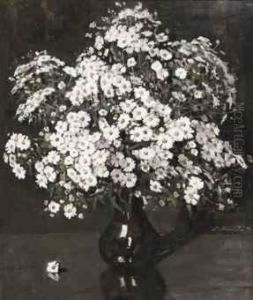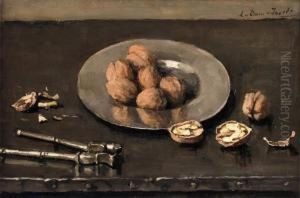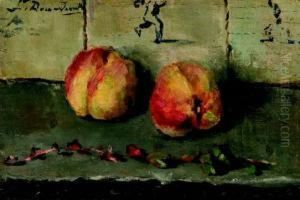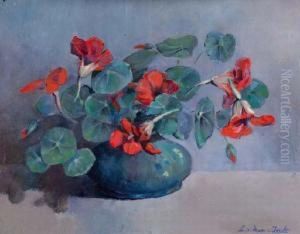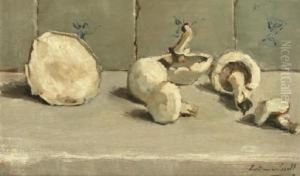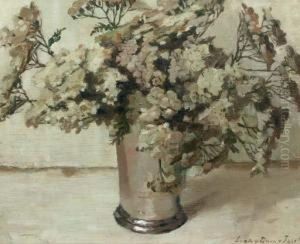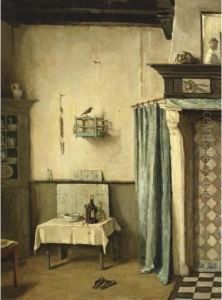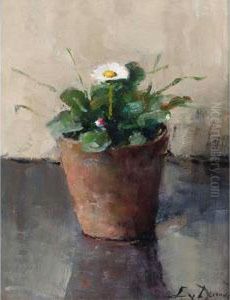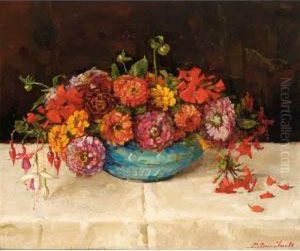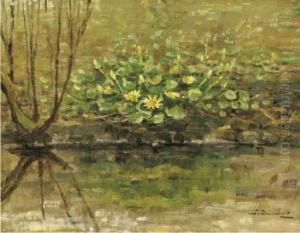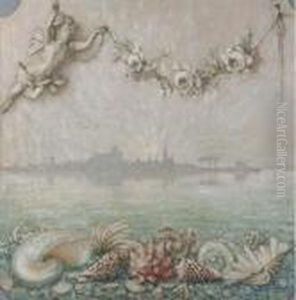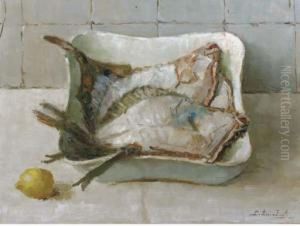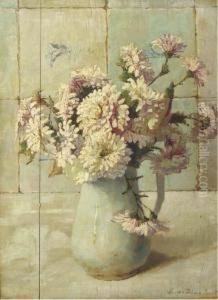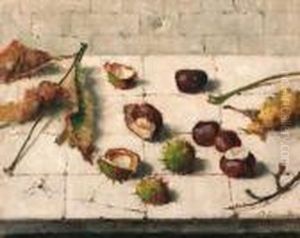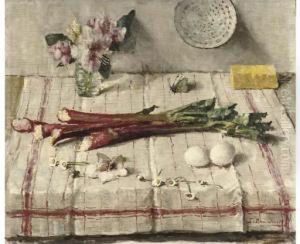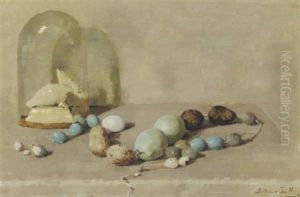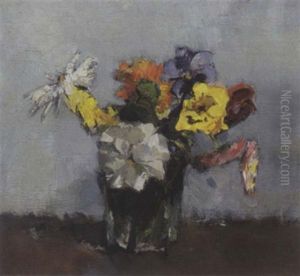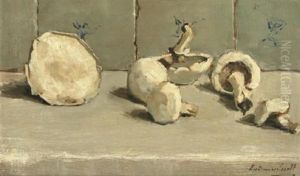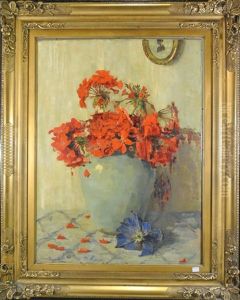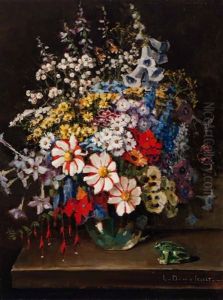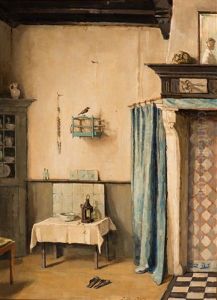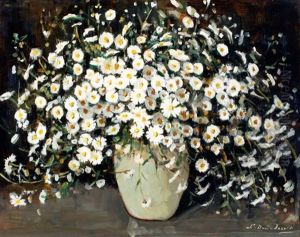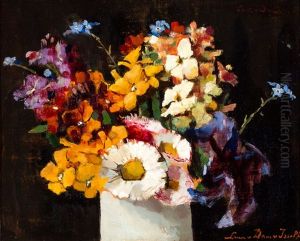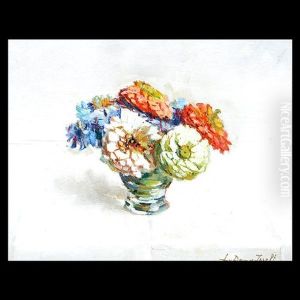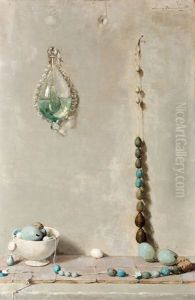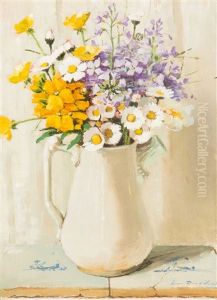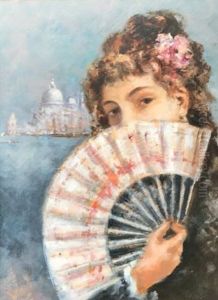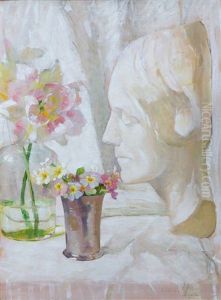Lucie Van Dam Van Isselt Paintings
Lucie van Dam van Isselt was a Dutch painter born on June 18, 1871, in Bergen op Zoom, Netherlands. She was part of the second generation of the Bergen School, a group of artists known for their distinct approach to painting, which combined elements of Symbolism and Expressionism with a focus on the landscape and life in the North Holland province.
Lucie showed an early inclination towards art, encouraged by her family. She pursued her artistic education at the Royal Academy of Art in The Hague, where she was one of the few female students at the time. Her early works were influenced by the Hague School of painting, known for its realistic depictions of everyday life in the Dutch countryside. However, her style evolved as she became more involved with the artists of the Bergen School, adopting a more expressive and vibrant use of color while maintaining a focus on realism.
Throughout her career, van Dam van Isselt was well-regarded for her still lifes, landscapes, and portraits. Her still lifes, in particular, are noted for their meticulous detail and the ability to convey the texture and beauty of everyday objects. She had a keen interest in capturing the effects of light and shadow, which added a lively quality to her compositions.
Despite her talent and contributions to the Dutch art scene, Lucie van Dam van Isselt remained relatively unknown outside of the Netherlands for much of her career. This was partly due to the challenges female artists faced in gaining recognition during her time. Nonetheless, she continued to exhibit her work, participating in various exhibitions across the Netherlands.
Later in life, van Dam van Isselt moved to Veere, a small town in Zeeland, where she became an integral part of the local artistic community. Her works from this period reflect the serene beauty of the Zeeland landscape and its inhabitants. Lucie van Dam van Isselt passed away on September 23, 1949, in Domburg, another town in Zeeland. In recent years, there has been a resurgence of interest in her work, with exhibitions and research highlighting her contributions to Dutch art and the unique perspective she brought to the Bergen School's legacy.
